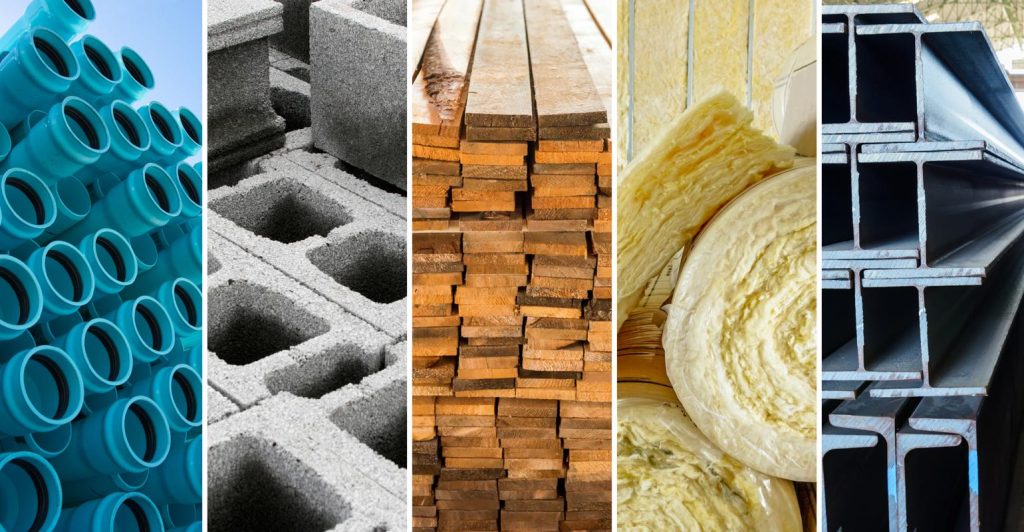Sustainable Building Solutions: Harnessing Durability for Environmental Resilience
Durability is a key factor for sustainable construction. It helps in ensuring that buildings keep their original purpose in mind throughout their lifespan. Insufficient durability can result in massive repair and reconstruction expenses in addition to the environmental consequences.
The durability of a product can reduce the need for maintenance by decreasing unplanned maintenance time. This is crucial for heavy equipment like cranes.
Important
One of the key components of building efficiency is how construction materials and structures resist degeneration. Durability can be a result of many factors including raw material selection, quality control, designs and maintenance methods.
For example, concrete and steel are highly durable construction materials that are able to withstand the natural aging of their components over the course of. They can also be used to make new ones over the duration of the building. This is an essential aspect of sustainability.
A lot of times, the durability comes along with a low-maintenance. As an example, a concrete structure needs minimal maintenance during its life span compared to wood structures, which might need regular painting. A structure’s longevity is crucial because it helps reduce annualized embodied environmental impact.

Factors Influencing Material Longevity
Many factors affect the durability of construction materials. Without detailed specs the construction industry is unable to calculate the duration of a construction. The truth is that buildings that are durable can endure for 30 years or longer before any major maintenance work is required.
The construction practices as well as the quality of the materials utilized in construction will determine the strength of the structure. Concrete is a good instance of a material which is incredibly durable when properly formulated, placed and cured. Protections like impressed current cathodic shielding may also prolong the lifespan of steel and reinforced concrete parts.
It is a common occurrence for durability to be paired with low-maintenance. In the case of exterior siding, for instance, it that has to be painted frequently may not be as strong as the pultruded window frames and sash, which require minimal maintenance to perform their intended role over a longer length of time.
How can you increase the longevity of the materials
Whether constructing a high-rise skyscraper or creating a piece of furniture, durable construction materials will last for years of use. In order to ensure that the material is durable, it is a matter of careful planning and precise execution. Here are some suggestions to maximize the durability of products
Incorporating durability into the design of products da 1×2 from the start. The modular design offers component exchangeability and repairability. This prolongs the life of products as well as reduces the consumption.
Conducting lab tests that mimic real-use aging to identify durability difficulties and determine strategies. For educating consumers on product longevity so that they can adopt more sustainable shopping behavior.
Minimizing return rates, lowering maintenance expenses and limiting downtime in order to reduce operational expenses. investing in projects that are durable allows companies to reduce waste, optimize inventory and focus resources on primary operations. Durable projects reduce recurring costs and boost returns on investment. This helps businesses achieve objectives in terms of finances and ensure the long-term viability.
Environmental Impact of Construction Materials
The construction industry uses a lot of resources and generates a large amount of garbage. Chemicals used at the construction site, diesel used in trucks, diggers and building materials also have impacts on the environment.
Through spreading the impact of initial construction of a structure over a long period of time, strong buildings aid in reducing the environmental impact. These buildings also need lesser maintenance and reduce the requirement for new resources and power.
Building materials that have low environmental impact can be found in nature that are found in the vicinity or near by, such as timber clay, straw cob and rammed Earth. They’re generally less expensive to build with and do not require factories to manufacture them and long transportation distances for delivery to your site. Additionally, they can be recycled to reduce their effect on the environment.
Construction Materials Maintenance: Best Techniques
In order to ensure that the construction equipment is safe and operates efficiently the equipment requires periodic maintenance. Lubrication is essential to lessen wear and friction, as well as setting load capacity indicators in order to avoid overloading that can cause accidents or costly damage.
Maintaining a good maintenance routine has a huge impact on equipment lifespan, as well as the worth of resales. Equipment that is not maintained can be more effective and lasts longer, which decreases the time to complete projects and increases costs.
Most often, the reason for major equipment breakdowns is mechanical failure. It is possible to avoid this through regular preventive check-ups on maintenance. The most expensive cost is in operating expenses direct through mechanic charges as well as equipment breakdowns, but the indirect cost is reduced productivity.